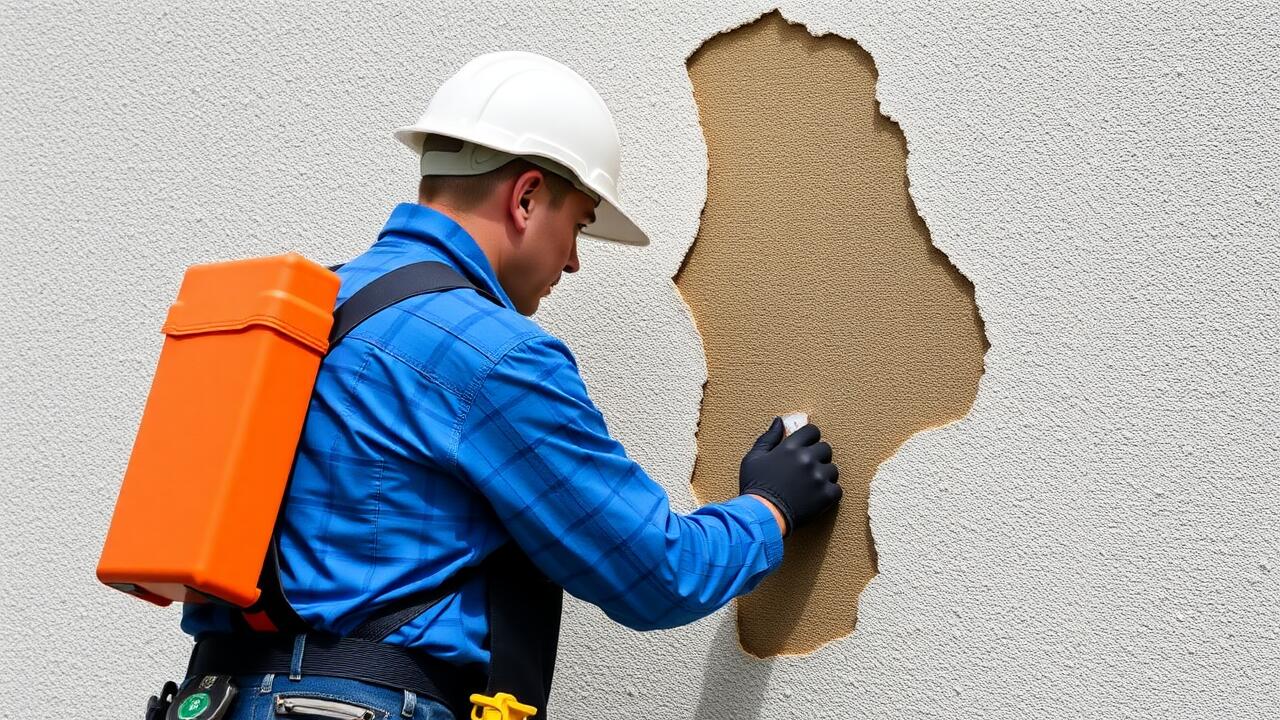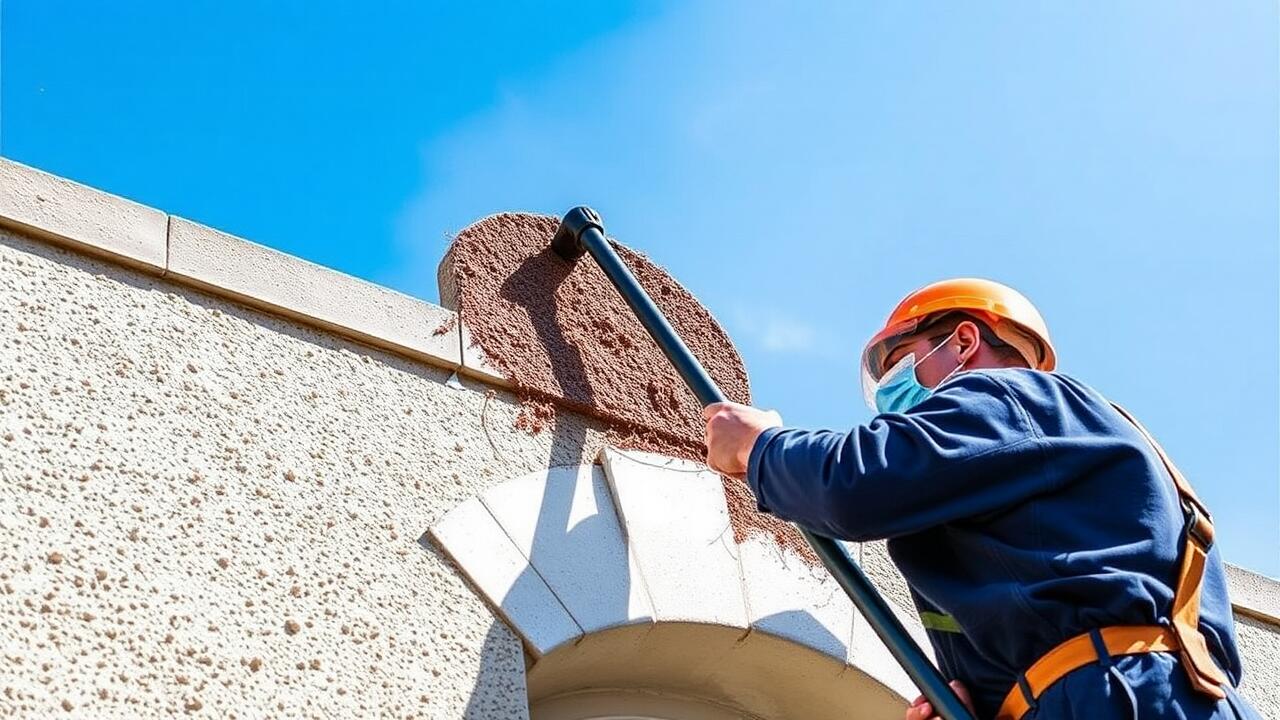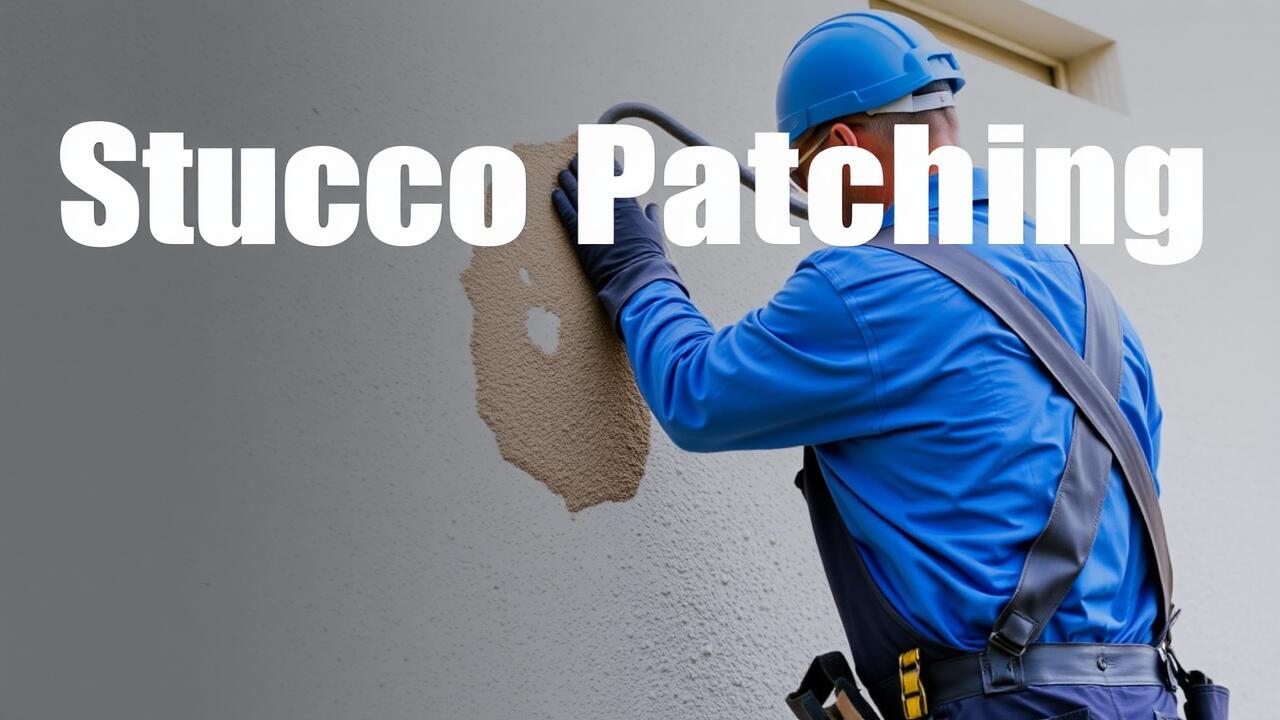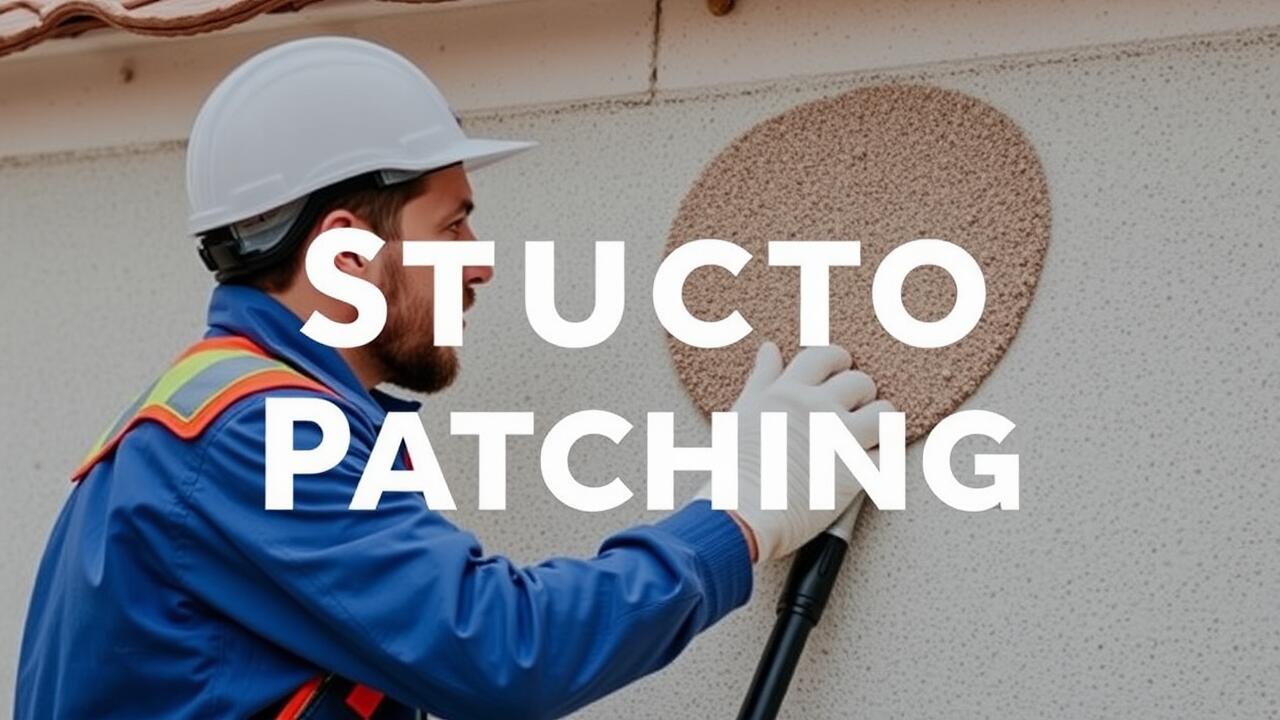
Adding the Brown Coat
Applying the brown coat is a critical step in the stucco repair process. This layer serves as a foundation for the finish coat, providing a base that helps ensure proper adhesion and minimizes cracking. When mixing the brown coat, it's important to achieve the right consistency, as this will impact the overall quality of the repair. A mix that is too dry may lead to inadequate bonding, while a mix that is too wet might cause sagging.
When performing Stucco Patching in Boyle Heights, Los Angeles, make sure to apply the brown coat evenly. Use a trowel or a gauge rake for an even distribution across the surface. It is essential to maintain consistency in thickness, ideally around 3/8 inch. Be mindful of the drying time, as this will affect the surface before applying the finish coat. A well-executed brown coat lays the groundwork for a durable and visually appealing stucco repair.
Techniques for a Smooth Finish
Achieving a smooth finish during stucco repair requires attention to detail and the right tools. Start by using a trowel to apply the brown coat, ensuring an even thickness across the surface. Utilize a straightedge to level the coat, removing any excess material that could hinder the final look. After applying the brown coat, allow it to cure adequately before proceeding. This step is crucial, as an improperly cured coat can lead to cracking and imperfections in the finish.
Once the brown coat is set, focus on the final smoothing technique. A damp sponge can help in achieving a polished surface without damaging the underlying layer. Lightly mist the surface as you work to keep it manageable and prevent early drying. For those in need of specialized assistance, local professionals offer services such as Stucco Patching in Westchester, Los Angeles, ensuring a high-quality finish that lasts. Careful execution during this phase elevates the overall appearance of the repair and contributes to its longevity.
Texturing the Surface
When it comes to texturing the surface after a stucco repair, achieving a consistent look is essential. Different methods can create various textures, from smooth to heavily textured finishes. To begin, choose a technique that matches the existing stucco. Tools such as brushes, trowels, and spray guns can help replicate the desired pattern. For those undertaking stucco patching in Boyle Heights, Los Angeles, familiarity with local styles can enhance the overall aesthetic.
Practice is key to mastering texture application. Begin with small test sections to ensure your technique will effectively blend with the surrounding areas. It’s advisable to work while the stucco is still damp to achieve better adhesion and reduce the likelihood of cracks. Observing how the texture dries can provide insights into necessary adjustments for future projects. Taking these steps helps ensure that repairs not only last but also maintain the integrity of the original design.
Methods for Achieving Desired Patterns
When it comes to texturing repaired stucco, a few methods can help achieve desired patterns. Stamps and brushes can create a variety of textures, from smooth to rough finishes. Using a sponge is another effective technique for simulating a stucco appearance. Each tool offers different results, allowing for personalization based on aesthetic preference. Experimenting on a small area before a full application can ensure the outcome meets expectations.
In places like Boyle Heights, Los Angeles, where stucco is a common architectural element, replicating existing textures is essential for cohesive repairs. Observing the original pattern is crucial for blending new sections seamlessly with the old. The timing of application also plays a significant role; ensuring the brown coat is at the right moisture level will enhance the adhesion of any texture applied on top. This attention to detail helps maintain the character of the home while ensuring the durability of the repair.
Painting and Sealing the Repair
Properly painting and sealing a stucco repair is crucial to ensure both aesthetics and durability. Start by selecting a high-quality paint specifically designed for stucco surfaces. This type of paint not only enhances the look of the repair but also provides moisture resistance. Before painting, make sure the surface is clean and dry. Inspect for any cracks or imperfections in the stucco and apply a primer if needed. This preparatory step can significantly improve the adhesion of the paint and prolong the life of your repair.
Sealing the stucco after painting adds an extra level of protection against the elements. Choose a sealant suitable for outdoor use that allows the stucco to breathe. Apply it evenly over the painted surface using a spray or roller. For those looking for professional assistance, services like Stucco Patching in Boyle Heights, Los Angeles, can ensure that both painting and sealing are executed flawlessly. This can ultimately prevent issues such as moisture infiltration and discoloration, helping to maintain the integrity of your repair for years to come.
Best Practices for Long-Lasting Results
Proper preparation is essential for ensuring the longevity of any stucco repair. Begin by thoroughly cleaning the surface to remove dust, debris, and old paint. This cleaning process helps the new materials bond effectively. After preparing the area, make sure to apply a high-quality primer before painting. This step enhances adherence and provides a uniform base for the final coat, which contributes to a more durable finish.
When painting the repaired area, choose a top-notch, weather-resistant exterior paint designed specifically for stucco. This type of paint not only enhances the appearance but also guards against moisture infiltration and UV damage. Additionally, consider applying a sealant after the paint has cured. Several products are available that offer an extra layer of protection against the elements. For those looking for professional assistance in this process, services for Stucco Patching in Brentwood, Los Angeles, can provide expert advice and workmanship to achieve optimal results.
FAQS
What is the purpose of the brown coat in stucco repair?
The brown coat serves as a base layer that provides strength and helps to create a solid foundation for the finish coat, ensuring better adhesion and durability of the stucco repair.
How can I ensure a smooth finish when applying the brown coat?
To achieve a smooth finish, use consistent techniques such as troweling, applying an even amount of material, and ensuring the surface is damp before application. Additionally, feathering the edges can help blend the repair with the existing stucco.
What are some effective methods for texturing the stucco surface?
Common methods for texturing include using a sponge, brush, or trowel to create patterns. You can also use specialized tools like a knockdown knife or a stippling brush to achieve different textures according to your preference.
What should I consider when painting stucco repairs?
It's important to use a high-quality exterior paint that is specifically designed for masonry surfaces. Additionally, ensure the stucco is completely dry and clean before applying paint, and consider using a primer for better adhesion and color consistency.
How can I ensure my stucco repair lasts for a long time?
To ensure long-lasting results, apply a high-quality sealant after painting, address any underlying moisture issues, and use proper curing techniques. Regular maintenance, such as cleaning and inspecting for cracks, can also help prolong the life of the repair.



